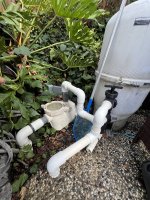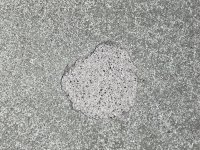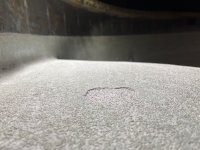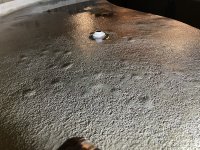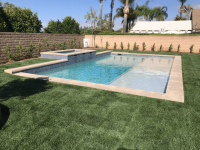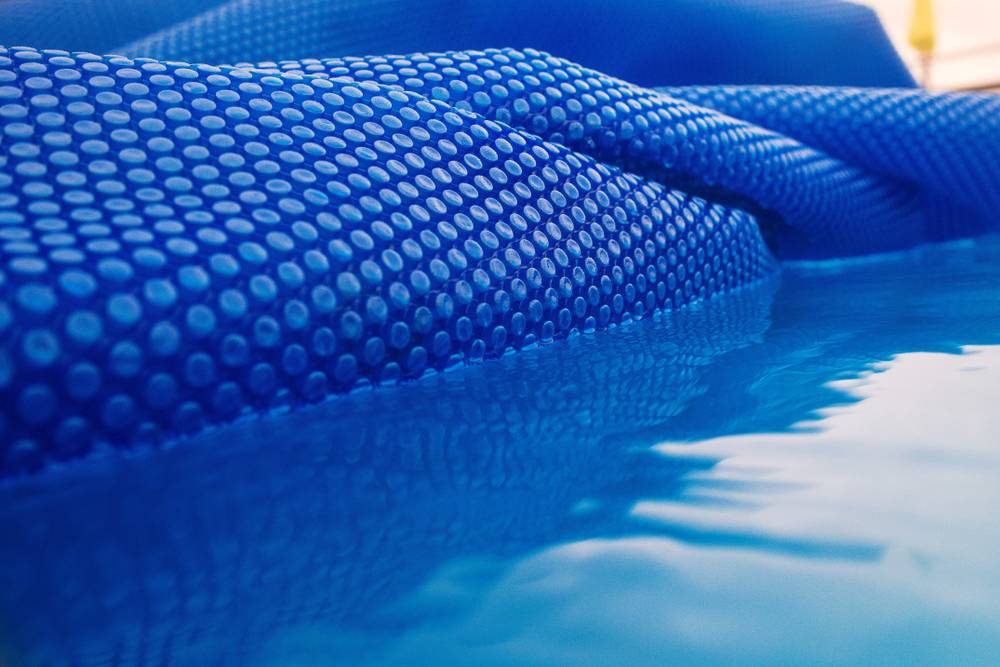There is a specific set up procedure if you are taking ownership from a previous owner.
The previous owner should remove the system from their iAquaLink app.
Download the iAquaLink phone application from the app store and register an account. Then connect the device to the home Wi-Fi.
These are the two methods for connecting the iAquaLink to the home Wi-Fi.
There are illustrated guides at Product Manuals | iAquaLink that will assist with the process.
Hotspot Method:
1) Remove the iAquaLink's cover lid with a Phillips head screwdriver (+).
2) Toggle the black switch inside the center of the iAquaLink PCB to Wired and back to Wi-Fi.
3) Open your device's Wi-Fi settings and connect to the iAquaLink-xxx network.
*If you’re using a Samsung device, if prompted, stay connected to the iAquaLink Wi-Fi, then open your browser and go to a.com in your browser, this will force the login page to appear.
5) The login page will show a list of all available Wi-Fi networks, Select your 2.4Ghz network and enter the Wi-Fi password.
At the end, you will get a message stating that the connection is in progress and that you may close the window.
WPS Method
***Check the specifications of your router to make sure it has WPS support.
1) Take out the cover lid of the iAquaLink using a Phillips head screwdriver (+).
2) Turn the black switch that is located in the middle of the iAquaLink PCB from Wi-Fi to wired and back again.
3) Press the iAquaLink's blue WPS button. When using an iAquaLink 3.0, you must press and hold the blue WPS button until a blue light illuminates; with an iAquaLink 2.0, a yellow light will illuminate.
4) Locate your Wi-Fi router and turn on the WPS feature (usually a button you can press).
5) In less than two minutes, the two devices will attempt to connect.
6) Your iAquaLink device is linked to your home network if the red, yellow, and green lights are lit up. If not, repeat step 2 and give the other device a few minutes to press the WPS button.
Once the device has connected to the home Wi-Fi, you have to connect your smartphone to the same Wi-Fi network as the antenna.
In the iAquaLink app, press the (+ add button) in the upper right corner, and choose the 'AquaLink RS, PDA, Z4/TRi' option.
Enter your device number from the iAquaLink (located on a white sticker right below the antenna on the right side) and give the system a name (My Pool).
If you require any assistance, please get in touch with our technical support at 800-822-7933






